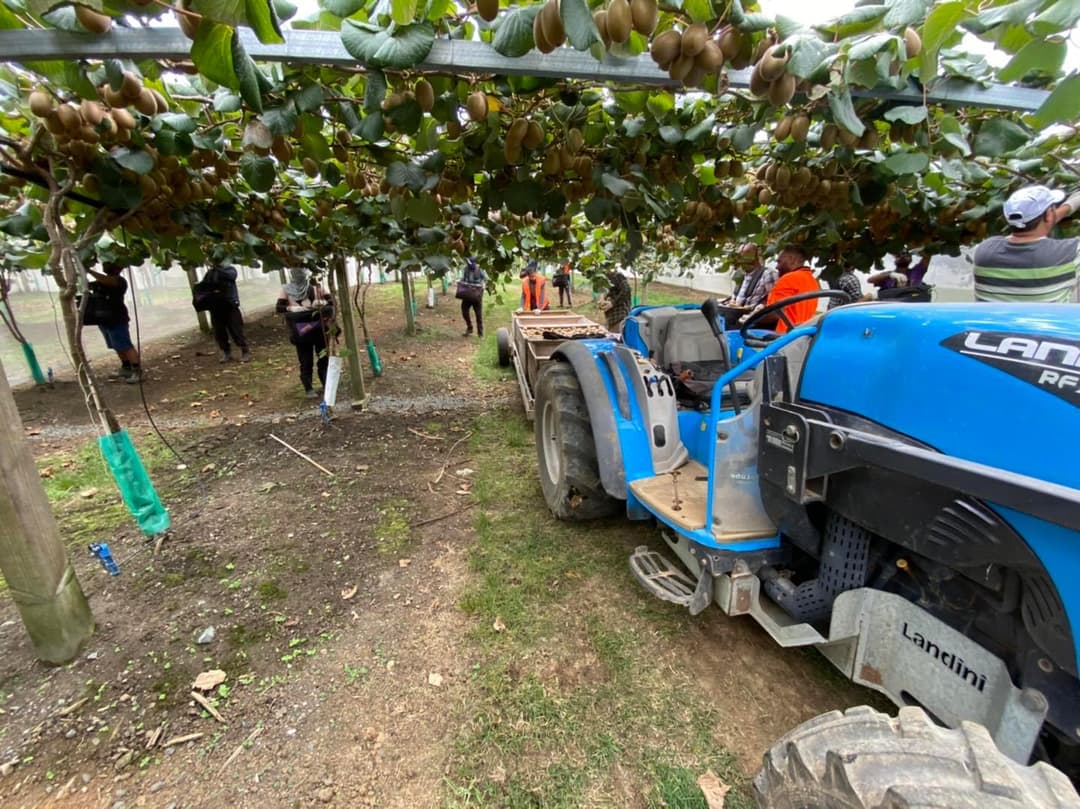Land Survey
Kiwifruit vines are generally resistant and can grow in various temperatures. To produce good quality fruit, vines require well-drained rich soil, wind protection, enough hydration year-round, and protection from autumn and spring frosts.
The wind is a significant obstacle to creating a kiwifruit orchard and producing high-quality fruit. Young and blossoming branches are readily destroyed, and most orchards require wind shelter in New Zealand. Kiwi vines require a sunny location to yield the most growth and fruit. Kiwi plants need well-drained soil since they are susceptible to root rot if kept damp.
Compacted soils, or soils with little drainage and high clay content, and/or low organic matter are generally unsuitable and will require considerable modification before being fit for kiwifruit production. Before acquiring the orchard lands, we like to have the go-ahead from the surveying professionals. That is why we rely on skilled land surveying firms that have provided excellence in their disciplines for years. In essence, selecting the right site is the first step in maximising orchard potential.








